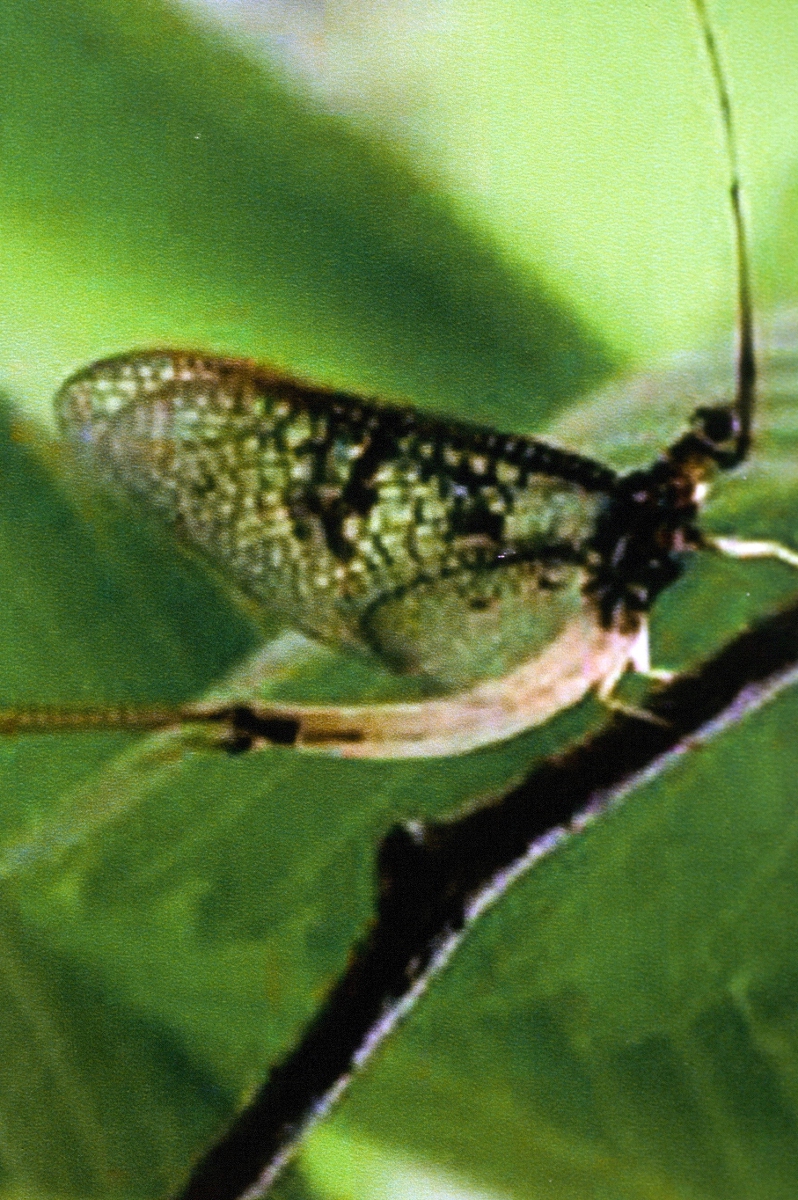Penns Creek… An Exceptional Stream
By Tom Doman
Expert trout fisherman, guide, former PVCA board member, and longtime Penns Valley resident.
“Wow, look at all the bugs, I’ve never seen anything like this!” my guest exclaimed. That early evening after Memorial Day we were standing on the bank along Penns Creek near Ingleby, fly rods in hand, watching thousands upon thousands of small hummingbird-sized insects swarming in the tree tops above us. The outsized white and black insects, ‘spinners’ to fly anglers, swirled and whorled overhead in an ever descending cloud. It was a perfect evening for watching and taking part in the green drake spinner fall. A true wonder of nature if there ever was one.
“Yeah, Penns Creek is a bug factory.” I replied.
“Quill gordons, Hendricksons, March browns, sulphurs, Green drakes, Slate drakes, all of them are found in Penns Creek. This stream has every mayfly hatch in the East, not to mention three or four kinds of stoneflies, probably a half dozen species of caddisflies too. The trout seem to appreciate all that aquatic life, too. Anglers come from all over the country to experience this. And there are not very many streams where these mayflies live.” I explained.
As the sun slipped lower in the evening sky, the vortex of dancing spinners descended lower to the water. Their seemingly random tree top motion now took on a more ordered form as they began to fly upstream. The clouds’ movement upstream was accompanied simultaneously by many of the individual spinners bobbing up and down. The female spinners were getting ready to deposit their eggs into the water. Another generation set to begin the cycle anew. A thunderstorm the day before had washed a good deal of Penns Valley’s valuable topsoil into the creek, transforming its normally opalescent green color into a much darker hue of brown. “Too thick to drink, too thin to plow” I thought, chuckling to myself. I wondered if the stained water would keep the trout from rising to the feast floating on the surface above them. It didn’t take long for my question to be answered: trout were making audible slurps as they broke the water’s surface. We stepped into the fast flowing water as wave after wave of spinners flew around us. So close and so numerous you could hear the fluttering of their wings as they made their way upstream, descending ever lower to the waters surface.
“I can hardly see the other side of the creek now!” my guest said with an air of amazement and disbelief.


The opposite bank, about 60 feet distant, was becoming harder to see. What was plainly visible were all the anglers in the creek. Upstream, downstream, in the middle, every 25 yards or so there seemed to be an angler casting in a graceful arc to trout swirling at the surface of the water. What was going on here? Why should such a humble insect, albeit larger than one might expect, cause so much excitement?
That evening on Penns Creek we were witnessing the last stage in the amazing life cycle of a creature whose ancestors have been on the planet for 300 million years. Eggs hatch into nymphs, nymphs hatch into adult mayflies, adults transform into spinners, spinners mate, lay eggs in the stream and die. If only a few of the nymphs transformed into adults there would be little notice. Mayflies however, hatch into the adult form by the thousands simultaneously. Trout feed ravenously on the hatching mayflies and that’s what gets the attention of all those anglers.
Perhaps the real importance of the massive Green drake hatch is its connection to water quality. Mayflies are not tolerant of polluted water. They are found only in streams and lakes that are relatively clean and free of contaminants. Because clean water is essential for their survival, mayflies can be thought of as an indicator species. Wherever they are found you can be certain the water is quite clean. When mayflies are scarce the water is somewhat polluted. When no mayflies can be found that is a sure sign the water is seriously polluted. These creatures may be humble, but they convey a powerful message.
